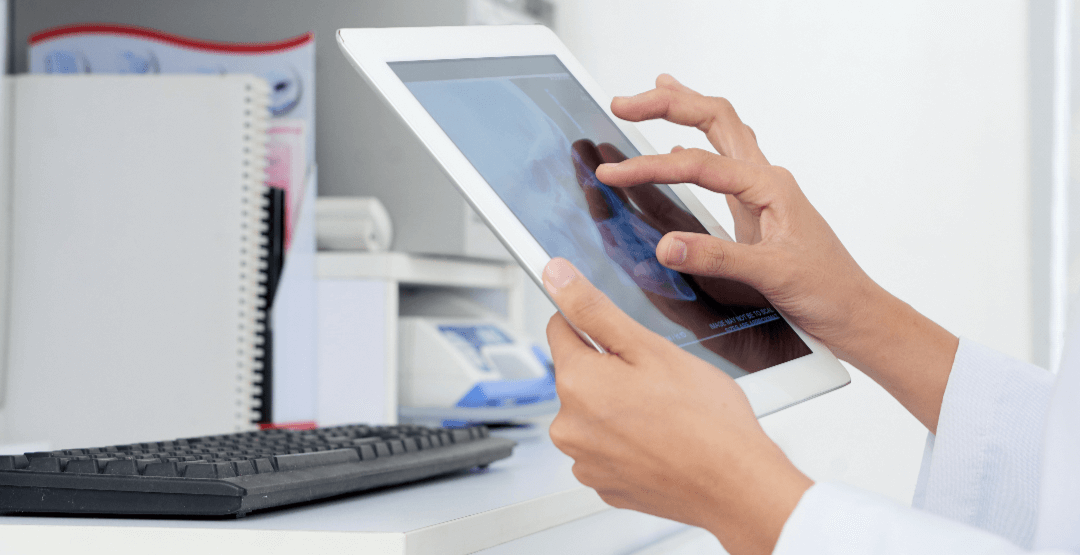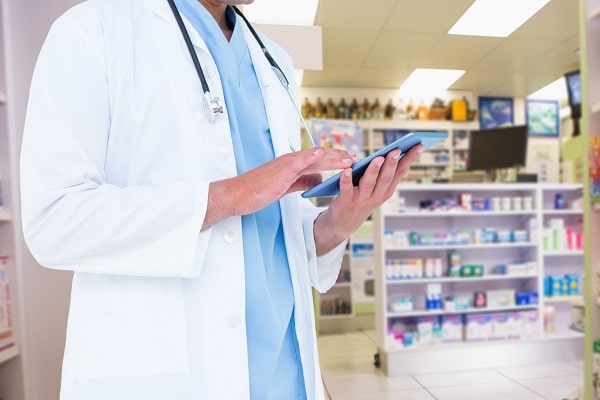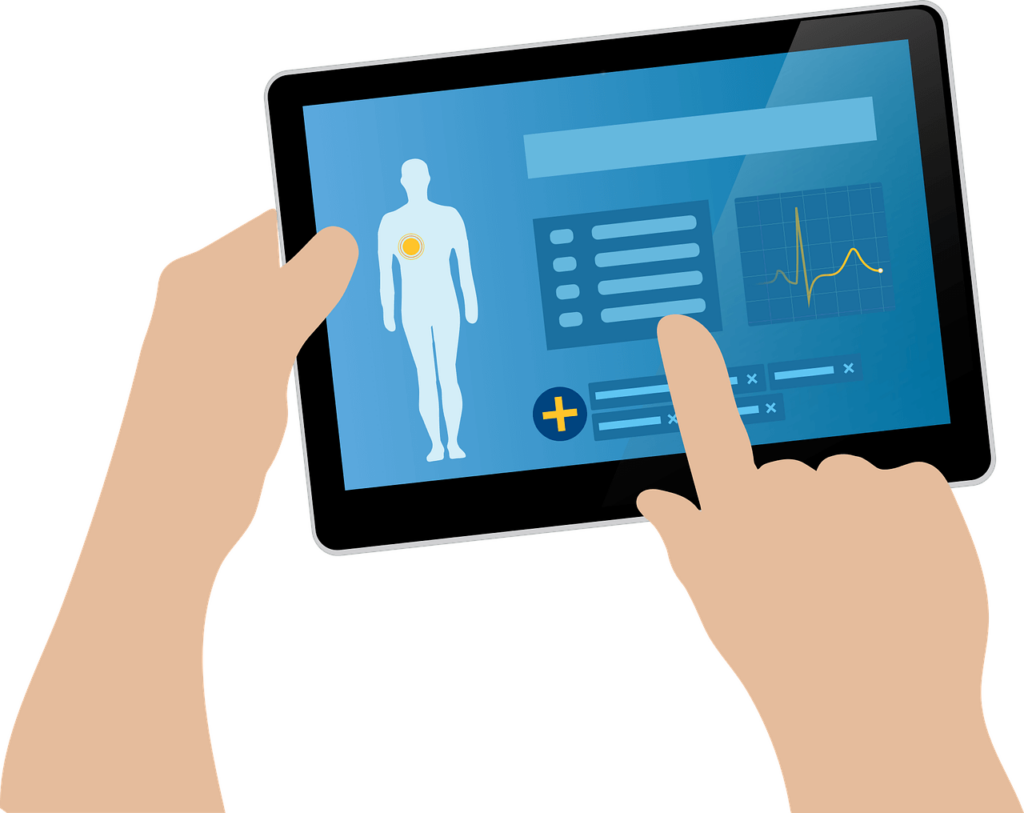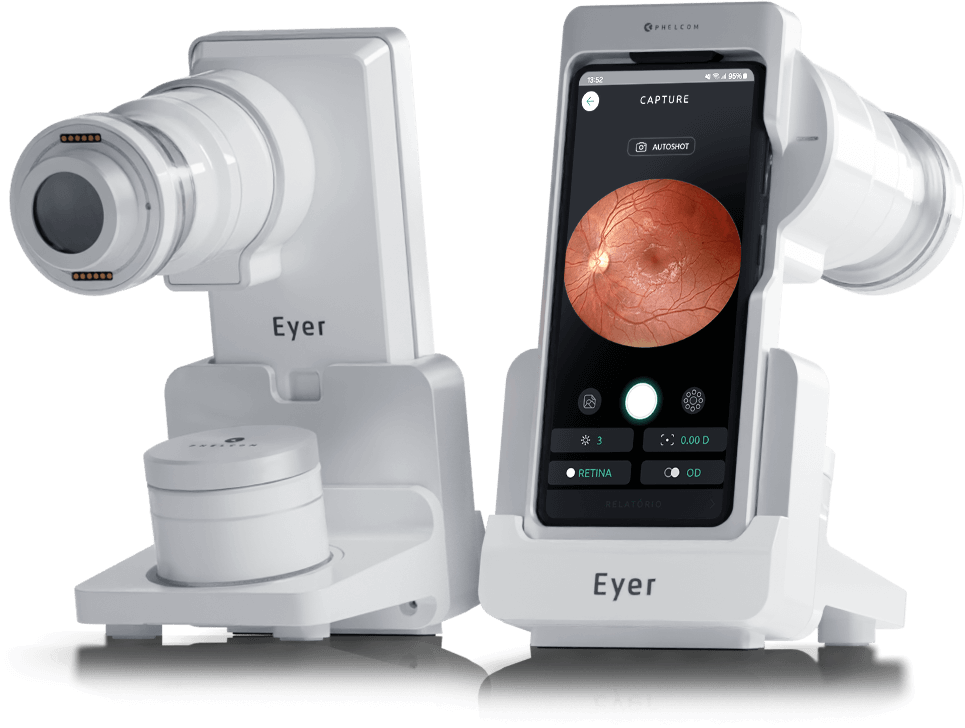Before Covid-19, telemedicine in Brazil was still considerably limited. For instance, the regulation law dates from 2002 and only allows three modalities: issue of remote reports, teleducation and teleassistance.
However, the activity has earned space during the present pandemic and, at present, can be used in any healthcare activity. Even in a more and more technological and connected world – including the healthcare area – many professionals face difficulties migrating to online services.
Because of that, we selected eight tools to help transition to a more digital medical office. Check them out!
1. Teleconsultation
As the very definition mentions, teleconsultation is the remote healthcare assistance through online tools, as, for example, videoconference.
Law no. 13.989, from April 15, 2028 defines it as “the exercise of medicine mediated by technologies to the ends of assistance, research, prevention of diseases and injuries, as well as promotion of healthcare”.
The modality is one of the most used by doctors during the pandemic. According to a research from the Medical Association of São Paulo (APM), 51% of the professionals have been providing remote assistance.
Faster service, reduction of operational costs, centralized information in cloud reports and assurance of data security and secrecy are among its main advantages.
2. Telediagnostic
Basically, telediagnostic is the evaluation and issuance of reports from exams via online platforms. Images may be sent directly from the equipment used for the exam or digitalized and made available in the tool, in high resolution, always with support from a healthcare professional.
After that, a specialist accesses patient information, issues a diagnostic and sends it to the requesting doctor. This way, all data remains stored in cloud and safely available on the website and/or application.
Telediagnostic optimizes report issuance, since specialists may access them more easily. It also assures effective analyses and data security.
3. Cloud storage
Cloud storage enables online access whenever and wherever necessary. Moreover, it is safer compared to softwares installed in a single computer.
Nowadays, there are diverse solutions for medical offices. Available services range from a simple email and consultation schedules to access and security for exams and the complete patient history.
Data security, integrated information from both the patient and administration, fast access, agile processes, increased clinic profitability, better storage capacity and remote support are among their main benefits.
4. Digital prescription
Digital prescriptions and medical certificates have been released with teleconsultation and due to social isolation measures. Undoubtedly, it helps the physician’s routine.
That requires a series of information to assure patient data security. Among them, electronic signature and data associated with the doctor’s signature.
An electronic signature demands the doctor to have a digital certificate issued by the Brazilian Public Key Infrastructure (PKI Brazil, type A3, card or token).
In order to assist issuing these documents, the Electronic Prescription project enables safe digital document processing through issuance with digital certificate and prescription validation.
5. Electronic record
Presently, the electronic record is certainly most common in a medical office, and it is one of the main management tools. Technology gathers information from patients and eases follow-up by various specialists and healthcare professionals.
For example, it is possible to consult the whole history of a patient, such as consultations, exams, medicines prescribed and treatments made. All this provides agile service, more precise diagnostic and quick beginning of treatments.
6. Scheduling of online appointments
Undoubtedly, your clinic may lose patients due to often busy phone lines or delay in answering the phone. For that reason, options for scheduling online consultation ease the routines of both clinic users and employees, since there is an increase in productivity and organization.
Moreover, appointments can be confirmed just before the date, via SMS or email, for example. It also solves one of the most common problems faced by doctors: a patient who misses the appointment.
7. Telemedicine systems for medical offices
telemedicine systems are essential tools that offer, at once, teleconsultation, telediagnostic, electronic record, cloud storage and assurance of both patient and office data security, among other benefits.
They consist in one of the medical technologies that most enhances productivity. On the other hand, they relieve the work of professionals acting in various duties and in office, in addition to studying.
8. Portable devices for monitoring
Presently, it is possible to monitor a patient’s health through portable devices – also known as wearables.
Those tools register and store patient health data in real time. After that, the doctor accesses and generates a complete report with blood pressure, calorie control, heart rate, inter alia. All this with real and more accurate information.
They allow the professional to remotely follow the patient’s evolution. Undeniably, those are great instruments to monitor people who suffer from diabetes, hypertension, cardiovascular disorders, etc.
Conclusion
It is undoubtedly indispensable for the medical office to become digital, mainly in the late scenario of a pandemic. Moreover, creation and use of telemedicine tools have been progressively increasing all around the world.
In Brazil, doctors, clinics, hospitals and healthcare institutions use such technologies in a slightly increasing pace. Nevertheless, due to the recommended social isolation and release of more activities by the government, many professionals and healthcare institutions have recurred to telemedicine in order to keep a safe service available to patients.
Know more about telemedicine and how to employ it in you medical office. Follow Phelcom blog.








